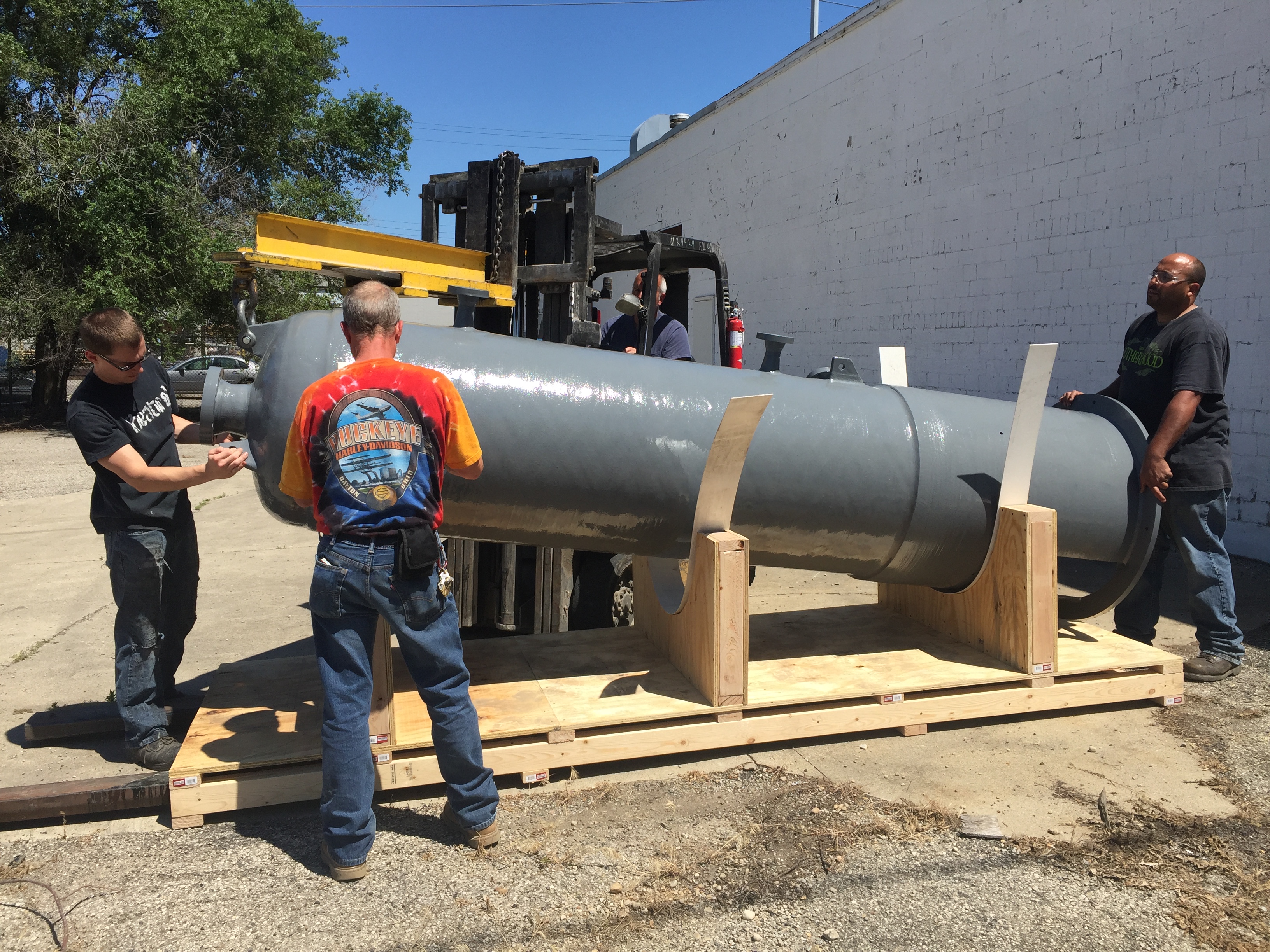
Shell Exploration & Production subcontractor Jacobs Engineering has made use of glass fiber reinforced plastic to manufacture a break tank for a potable water system aboard Perdido, the world’s deepest offshore oil drilling and production platform moored in the Gulf of Mexico.
The tank, which allows trapped gases in the service line to escape through atmospheric vents while letting seawater pass through to watermakers to be turned into drinking water, requires material that is corrosion resistant, light weight and low maintenance, the company said.
FiberSystems, based in Dayton, Ohio, was commissioned to design, fabricate and ship the tank. ‘It was a concept we hadn’t seen before,’ says the FRP manufacturer’s production supervisor Dave Orr. ‘One of the problems we had to solve was how to anchor a freestanding pipe on the inside of the tank. Fabricating the tank’s cradle and determining the best method for adhering the top dome to the main body of the tank was also challenging.’
FiberSystems filament wound the main body of the tank along with eight stubs and flanges using methacrylate epoxy resin pigmented gray. Holes were pre-drilled and cut. ‘We used 113 yield fiberglass because we wanted to build tank walls up quickly, twice as fast as the thickest glass,’ said Orr. The tank’s flat base and cradle were also filament wound. A hand lay-up process was used to fabricate the tank’s upper and lower domes which were bonded to the tank with adhesive. Interior layups, the free standing pipe inside the tank and the exposed openings were sealed with a resin wax coating. Weighing 1000 pounds, the tank measured 11 ft, 8 inches tall with a 30-inch inside diameter.
This story is reprinted from material from FiberSystems, with editorial changes made by Materials Today. The views expressed in this article do not necessarily represent those of Elsevier.





